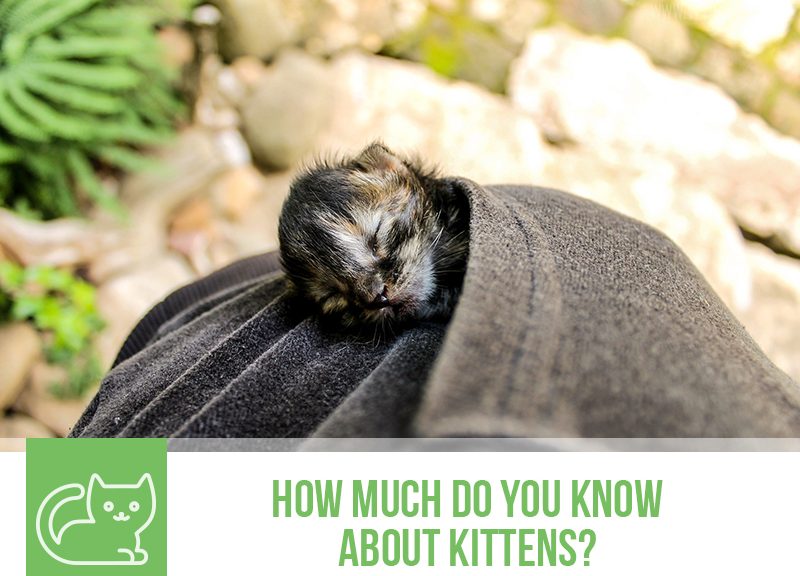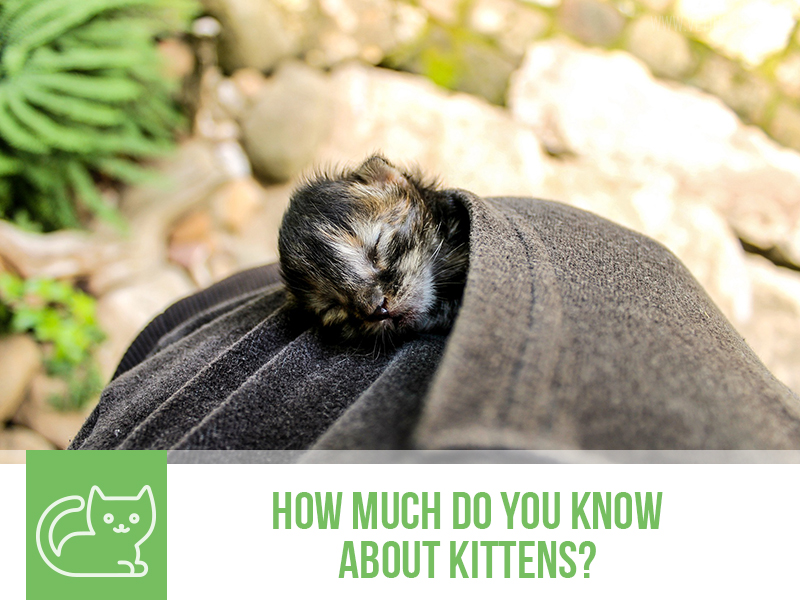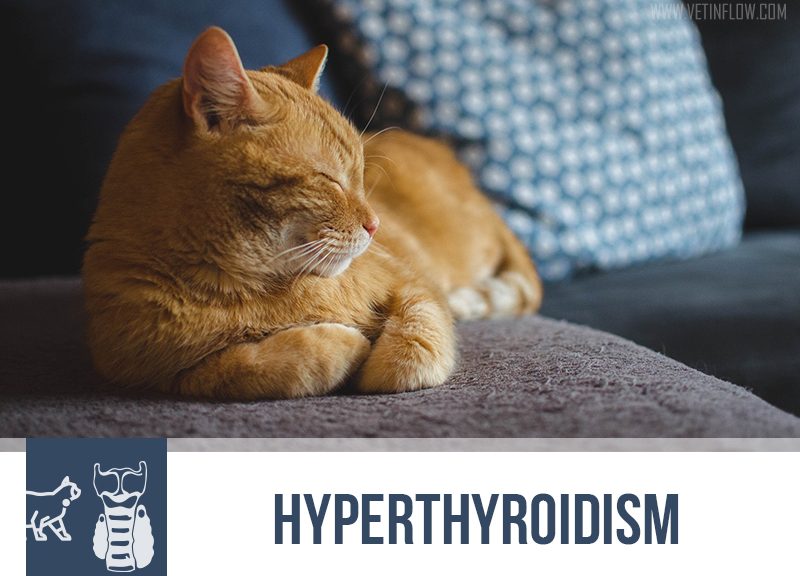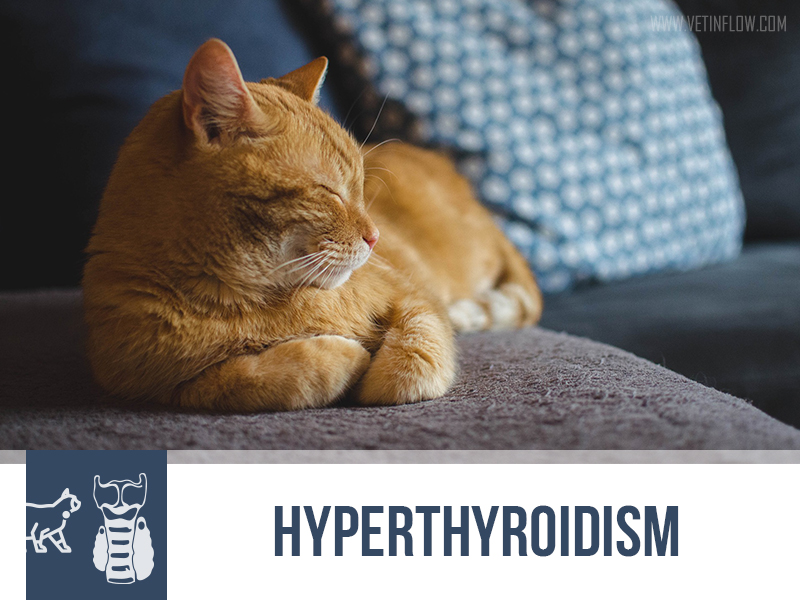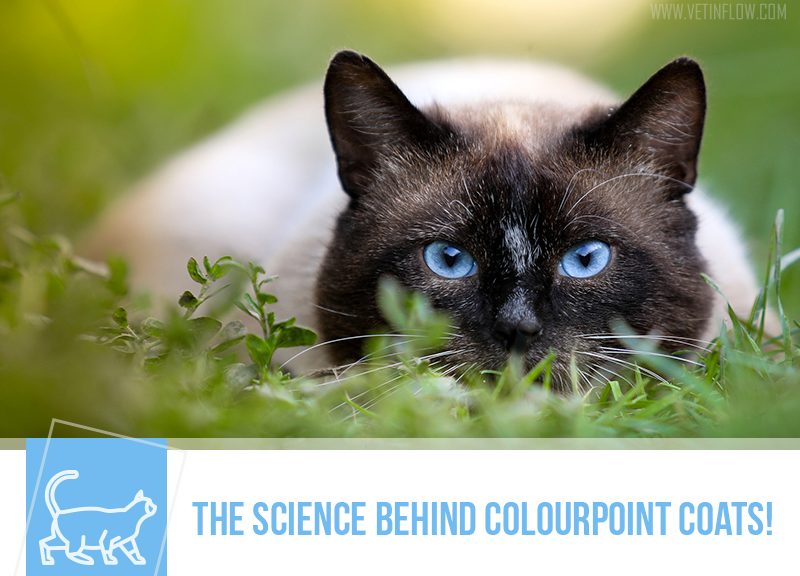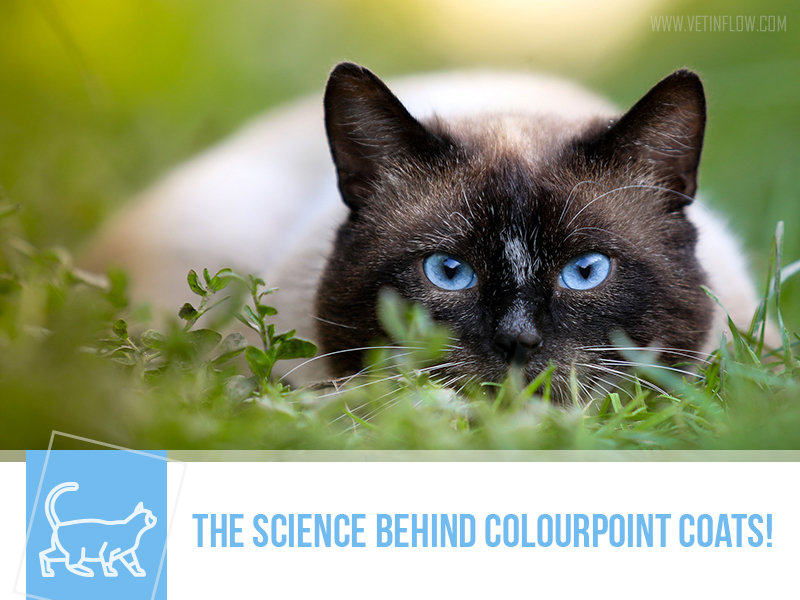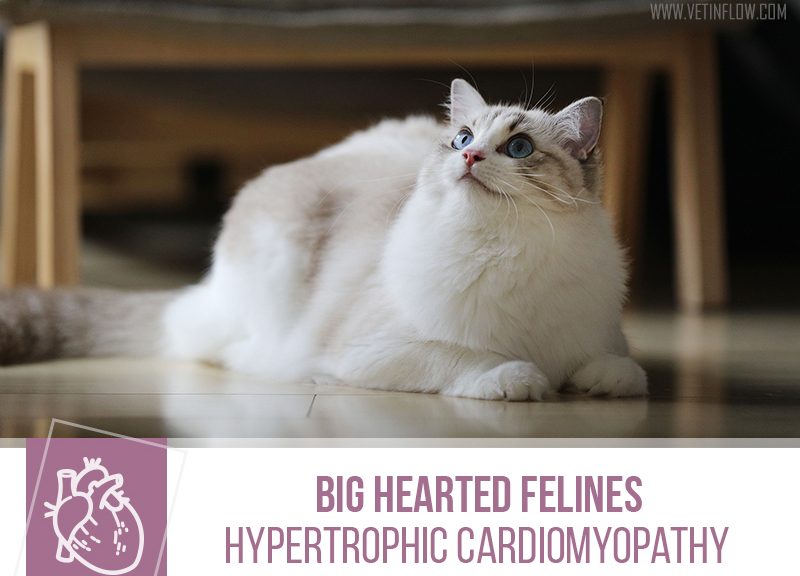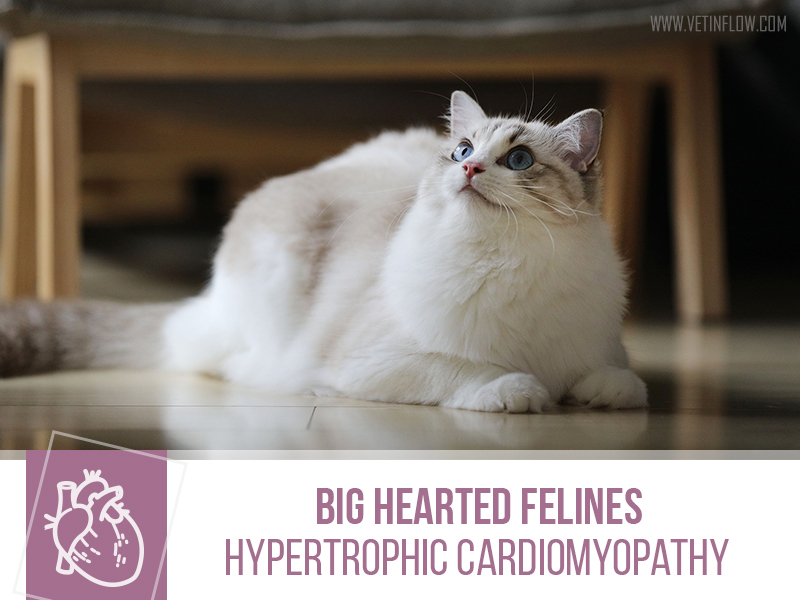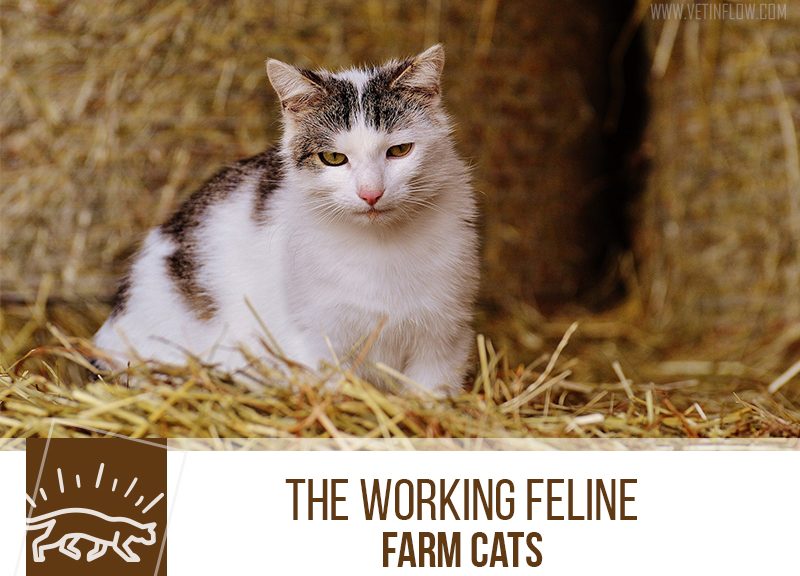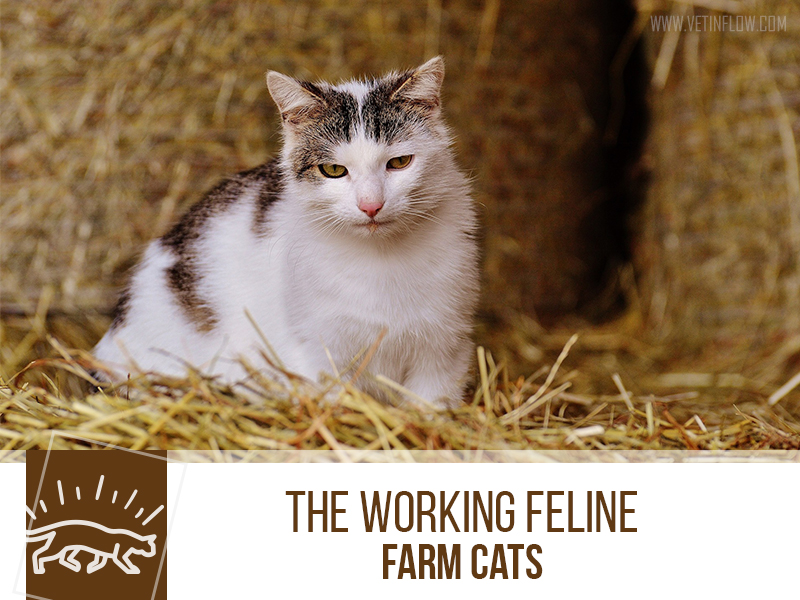If like us, you can’t help but liking cats, you’ll surely agree that it is very hard not to be affected by kittens. Their playful personalities and never-ending cuteness are not easily ignored. This is why we would like to share with all the feline lovers out there some interesting facts about kittens!
When these adorable fur balls are born they cannot see, or hear, or walk. They can weigh from 90 to 110 g, gaining 10 to 15g a day. Kittens will only start seeing the world around them and responding to sounds at about three to four weeks after they are born. It is also around this time that they start passing urine and faeces without any help from their mother. Until they are capable of doing this by themselves, their mother has to lick their genital area in order to stimulate elimination.
Kittens are born without any teeth and these only start to break through when they are about two weeks old. Cats have two sets of teeth, and their first set is made of 26 baby teeth. These will gradually be replaced by their deciduous (permanent) teeth. All 30 adult teeth should have erupted by the time a kitten is six to seven months old. They start nibbling on solid food at around three to four weeks, and by the time they are eight weeks old, the transition between their mother’s milk and solid food will be completed.
One of the most important stages of a cat’s life takes place between three to nine weeks of age, and what happens during this time will influence how they will deal with their surrounding environment throughout the rest of their lives. We’re talking about their socialisation period. It is very important for kittens to enjoy lots of positive interactions and experiences during this sensitive time. Kittens should be gently handled by different people, and exposed to a wide variety of objects, animals, places, and situations. This is the best time to get them used to children, to the sound of the vacuum cleaner, to cat carriers, and car rides.
It is recommended for kittens to be rehomed at around 8 weeks of age so they have had time to build up their socialisation skills with their mother and siblings. If you are getting a kitten from a breeder, it is important to make sure your breeder will keep this critical period in mind and will provide the kittens with many positive and varied interactions.
Would you like to know more about cats? Check our Feline Courses:
